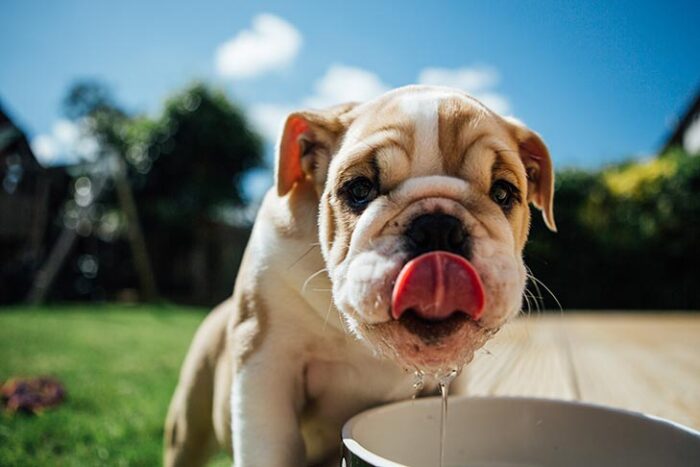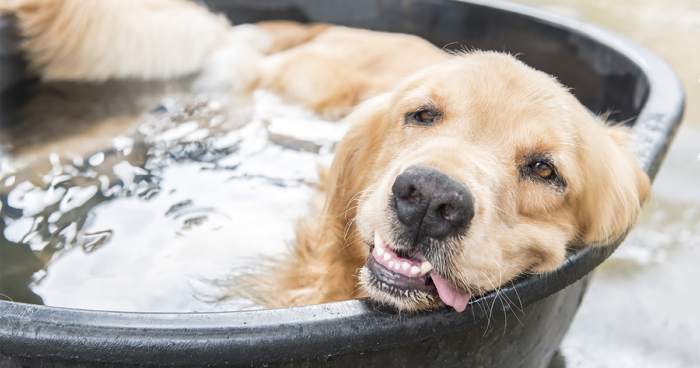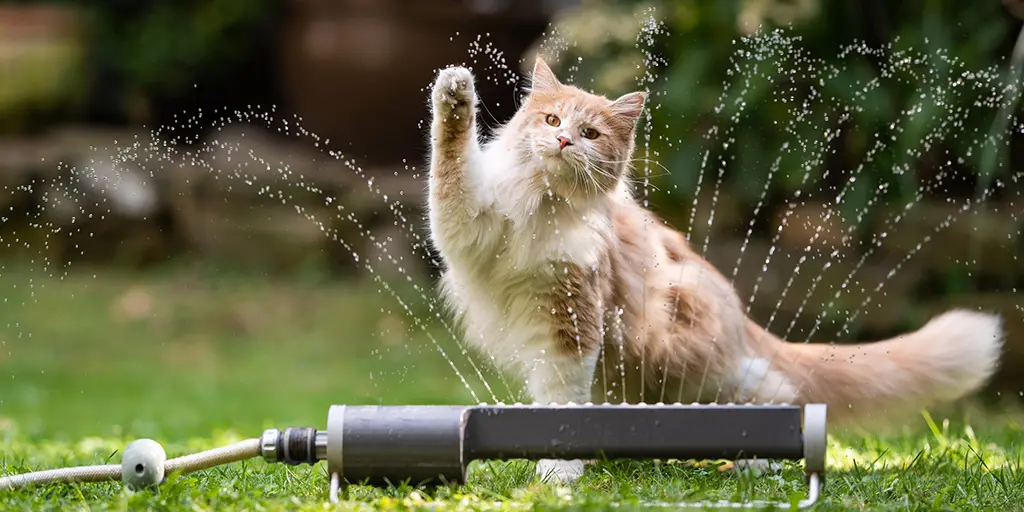Summer is a great time to enjoy the outdoors with your furry companion, but it’s important to be aware of the potential dangers that come with the hot weather. One of the most serious risks is heat stroke, which can be fatal if not treated quickly. In this article, we’ll discuss how to protect your pet from heat stroke and what to do if you suspect it is suffering.

What is Heat Stroke?
Heat stroke, also known as hyperthermia, occurs when a pet’s body temperature rises above normal levels and cannot cool down. This can happen when a pet is exposed to high temperatures for extended periods of time or when they are left in a hot and poorly ventilated area. Symptoms of heat stroke include panting, rapid heartbeat, drooling, vomiting, and loss of consciousness. If left untreated, heat stroke can lead to organ failure and death.

-
Preventing Heat Stroke
The best way to protect your pet from heat stroke is to take preventative measures. Here are some tips to help keep your pet cool and safe during the summer months:
-
Provide Plenty of Shade and Water
When you’re spending time outdoors with your pet, make sure they have access to plenty of shade and fresh, cool water. Bring a portable water bowl with you when you’re on the go, and consider purchasing a pet-specific water bottle or hydration pack.
-
Limit Outdoor Activity During the Hottest Part of the Day
The sun’s rays are the strongest between 10 a.m. and 4 p.m., so try to keep your pet indoors or in the shade during these hours. If you need to take your pet outside during these times, keep it short and keep an eye on your pet’s behaviour.
-
Keep Your Pet Groomed
Long-haired pets may benefit from a trim to help keep them cool. Brushing your pet regularly can also help remove excess hair and reduce shedding.
-
Be Mindful of Pavement and Asphalt
The surface of pavement and asphalt can become extremely hot during the summer months, which can burn your pet’s paws. If the pavement is too hot for you to walk on comfortably, it’s too hot for your pet.
Installing advanced safety systems can help restrict the pet’s movement outside and protect it from heat strokes. Check out petstop to buy from a wide range of products for your pet and ensure complete safety in acute heat.
-
Be Aware of the Humidity
High humidity can make it harder for your pet to cool down, so take extra precautions on days with high humidity.

-
Be Aware of Your Pet’s Behavior
If your pet is panting excessively, seems lethargic, or behaves unusually, it’s important to bring them indoors and provide them with water.
Signs of Heat Stroke
Even with preventative measures in place, it’s important to be aware of the signs of heat stroke so that you can take action quickly if necessary. Some common signs of heat stroke in pets include:
- Heavy panting
- Rapid heartbeat
- Drooling
- Vomiting
- Diarrhoea
- Loss of consciousness
If you suspect your pet is suffering from heat stroke, taking immediate action is important.

Treatment of Heat Stroke
If you suspect your pet is suffering from heat stroke, taking immediate action is important. Here’s what you should do: Move your pet to a cool, shaded area. Place them in front of a fan or air conditioning unit if possible.
Apply cool water to your pet’s skin, being careful not to overcool them. You can wet a towel or spray bottle to apply the water. Offer your pet small amounts of cool water to drink. If your pet is conscious and able to swallow, you can also give them ice cubes to lick.
Contact your veterinarian immediately. Even if your pet seems to be recovering, it’s important to have them checked by a professional as soon as possible. Heat stroke can cause internal damage, and your veterinarian may want to run tests or administer fluids to prevent further complications.
In conclusion, heat stroke is a serious condition that can be fatal if not treated quickly. Taking preventative measures and being aware of the signs of heat stroke can help protect your pet during the summer months. Always be mindful of your pet’s behaviour and take action immediately if you suspect they are suffering from heat stroke.
Remember to keep your pet cool, provide plenty of shade and water, and limit outdoor activity during the hottest part of the day. With proper care and attention, you and your pet can safely enjoy the summer months together. Please feel free to share your insights regarding the discussion below in the comment section.





